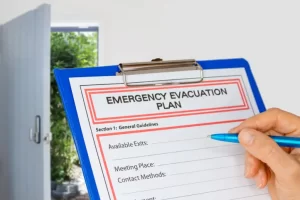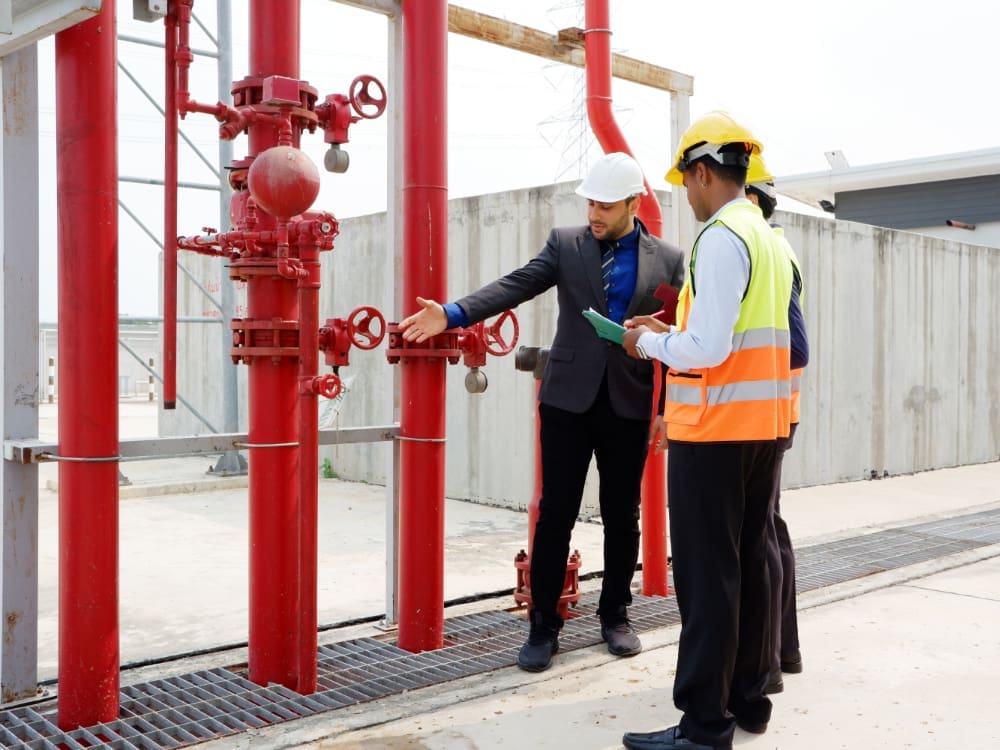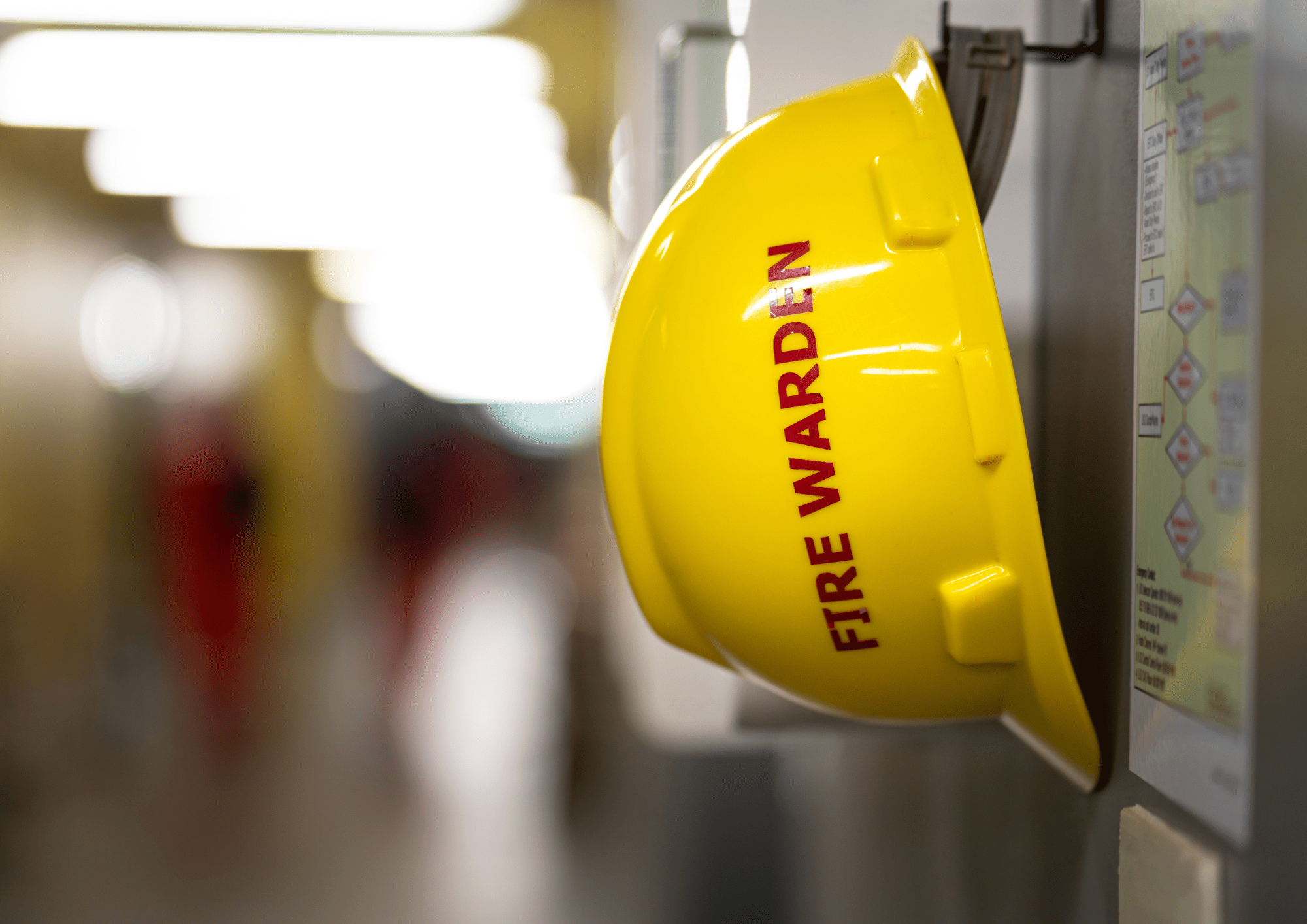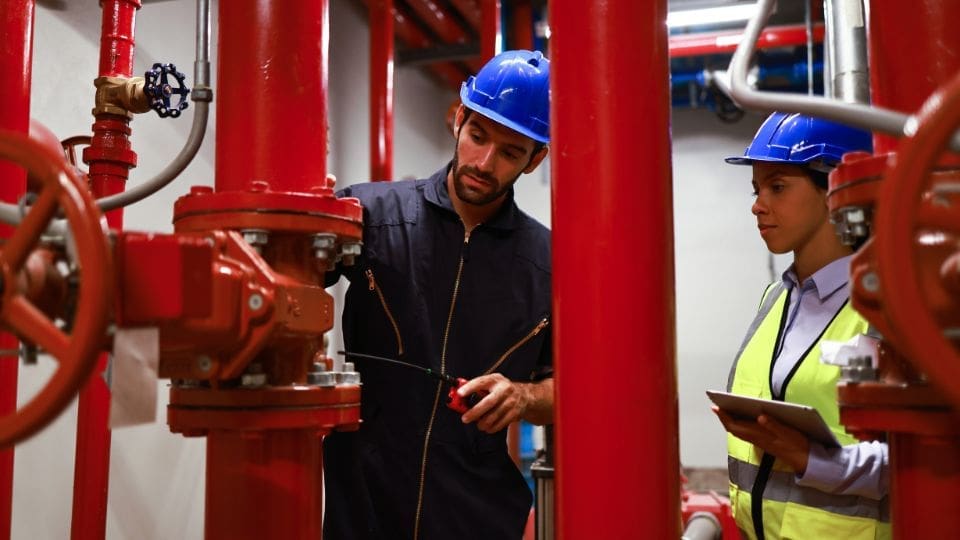Are you a business owner who wants your workplace to be free of fire hazards? We understand that your assets and, more importantly, your employees, are essential to you, and you only want what’s best for your company and the people working for you.
Businesses can suffer a great deal from workplace fires. Without proper planning, training, and practice, a workplace fire can be disastrous, endangering both the lives of your employees and the future of your business.
One thing you can do as a business owner to protect your company from workplace fire is to hire or appoint a fire safety advisor.
What Are the Roles of a Fire Safety Advisor?
A fire safety advisor works with your business to help you ensure the safety of your premises from fire by offering advice and educating employees to reduce risk. Recognising and taking appropriate steps when necessary is also part of a fire safety advisor’s role.
A fire safety advisor is a service provider who helps an organisation or enterprise assess, design, plan, and implement overall fire safety while also assisting in maintaining an effective safety management system.
A fire safety advisor can also help an organisation review the protective and preventative measures required to minimise operational losses, occupational health issues, accidents, and injuries.
We understand that business owners and managers are often busy dealing with other responsibilities to take care of the fire safety management of the company; this is where a fire safety advisor comes in.
A fire safety advisor can advise business owners on current fire safety issues and assist them in meeting legal requirements.
Some of the primary duties of a fire safety advisor are:
1. Providing workplace fire safety advice and guidance, and promoting the development of fire safety arrangements and procedures that comply with legislative requirements and best practices.
2. Developing, maintaining, and reviewing the implementation of the workplace’s fire safety policy, fire management arrangements, and fire risk assessments as part of the process of ensuring legal compliance with statutory and regulatory requirements.
3. Developing building fire strategies and providing fire safety advice to the employees and facility managers.
4. Developing and supporting fire safety arrangements with the facilities’ security, electrical, and IT department.
5. Investigating workplace fires and preparing reports and recommendations to reduce the risk of personal injury, fire, and property damage.
6. Assisting with the reporting of incident data in the workplace.
7. To carry out fire safety audits and inspections of all workplace parts.
8. Providing fire safety training courses for staff and employees at the workplace.
9. Contacting relevant fire safety enforcement agencies in conjunction with the emergency planning officer.
10. To support the facility safety and compliance manager in developing the workplace’s fire safety services to meet future needs and standards.
11. Maintaining up-to-date knowledge and understanding of matters relevant to the fire safety advisor post (including best sector practices and regulations) using literature searches, contacts with professional bodies, and attending relevant meetings, courses, and conferences.
12. To carry out any other duties and responsibilities within their competence and skills under the supervision of the line manager.
By performing these duties, the fire safety adviser contributes to the company by saving lives, preventing injuries, improving business continuity, and securing premises. In the role of ambassadors representing fire and rescue services, fire safety advisors provide excellent customer service to your business.
Do I Need to Appoint a Fire Safety Advisor?
As a business owner, you might be wondering if you need the service of a fire safety advisor. We understand that you need to consider certain things before deciding, as it can affect your whole company.
Is a fire safety advisor necessary for your business? As of 1st July 2009, under the Queensland Building Fire Safety Regulation 2008, all high occupancy buildings are legally required to appoint a fire safety advisor.
The role of a fire safety advisor is specifically designed to help companies to accomplish not only the best possible fire safety compliance measures, but also in meeting requirements in emergency prevention, workplace evacuation, and the initial response training to deal with other emergencies in the workplace.
When you appoint a fire safety advisor, you are taking a step towards a secure and fire-free workplace. With the help of a fire safety advisor, you will have a suitable plan for your business to ensure that the workplace is safe from fire.
Having someone professional who can manage the workplace’s safety relieves business owners and managers and saves them time and effort. A fire safety advisor possesses expert knowledge and skills and promotes a progressive fire safety culture.
Aside from appointing a fire safety advisor, each employee should know the basic workplace safety guidelines and learn how to eliminate fire hazards that may occur in the workplace.
As a provider of safety training, the Australian Training Institute advises you to follow these basic principles of fire safety training:
1. Reduce Fire Risks in the Workplace
It may seem obvious, but the best way to prevent workplace fires is to eliminate ignition sources before they cause harm. If you plug too many things into an outlet, you increase the chance of a fire because the circuit will be overloaded, resulting in a fire.
Here are some other methods for identifying potential fire hazards:
– Wiring issues
– Using frayed cords
– Flammable objects not correctly stored
– Flammable materials near an ignition source
2. Maintain the Fire Detection and Suppression System
A fire can still start even if you have followed workplace safety guidelines. That is why it is critical to have a properly maintained fire detection and suppression system. Check, for example, that the fire detectors and extinguishers are in good working order at least once every two weeks.
3. Specify Emergency Exits
Ensure that emergency exits are clear and well-marked. Check if they are well-lit and that the emergency exit map is visible to everyone in the office. Also, hold monthly fire drills to ensure everyone knows where to go in an emergency.
Consider The Help of The Experts
Learn from our experts on how you can save lives in any disaster. Enrol yourself or your employees in our fire safety training and other courses. If you wish to know more about our services, do not hesitate to call us! Get in touch with us at 07 3269 5005 or visit us at 7/51 Brighton Road, Sandgate, QLD, 4017.



